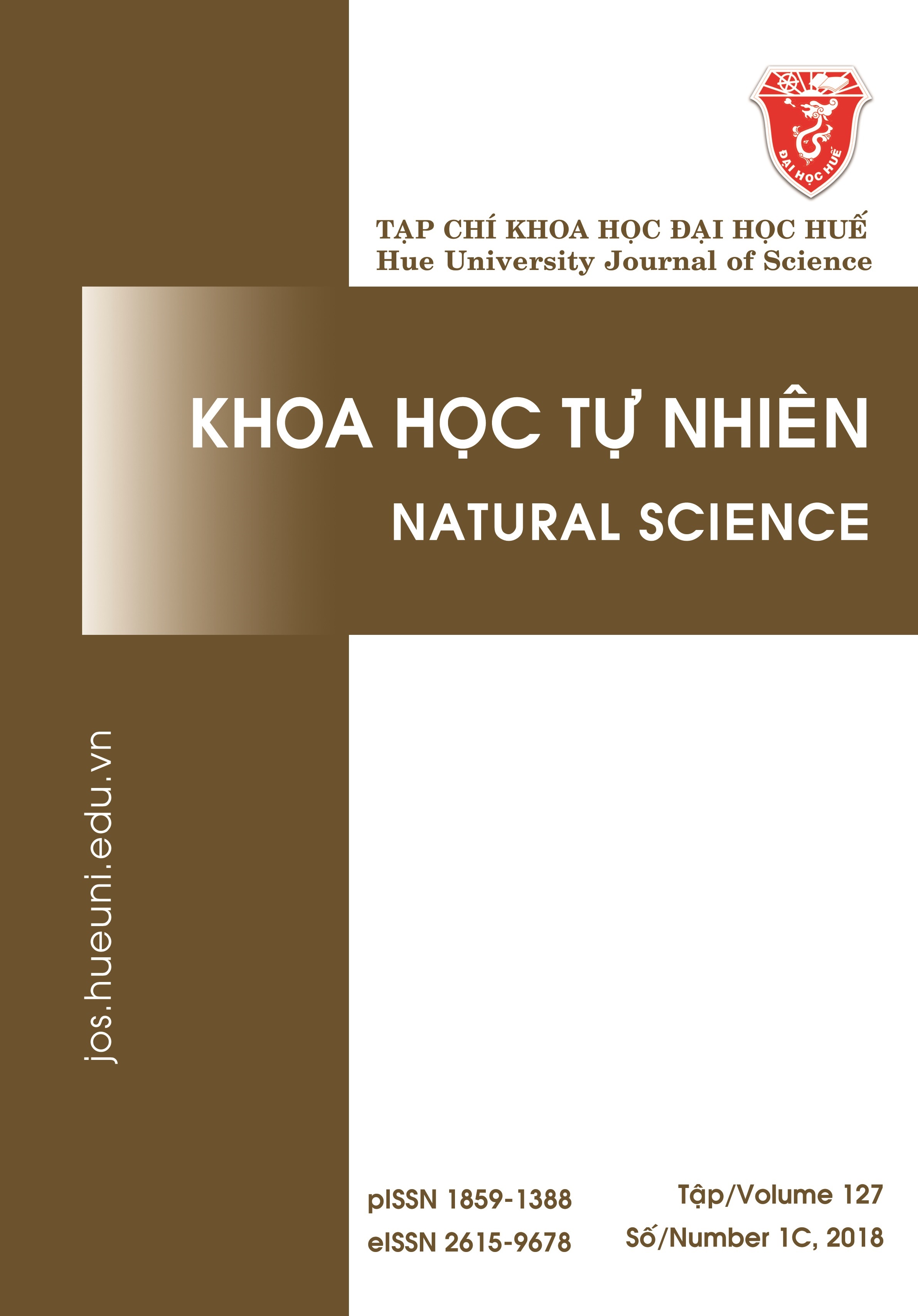Abstract
An explant source selection and a suitable sterilization method are important steps and critical to the success of the whole breeding process. In this study, the ex vitro explants (shoot tip, nodal segment, and internodal segment) of P. edulis Sims. and P. edulis f. flavicarpa were used as culture materials and were sterilized with sterilizing agents (NaOCl, HgCl2, and silver nanoparticles) at different concentrations and duration in order to produce an aseptic explant source for these passion fruit cultivars. After 8 weeks of culture, the results showed that the nodal segments of P. edulis Sims. and P. edulis f. flavicarpa sterilized with 0.1 % silver nanoparticles for 15 minutes gave the best antiseptic efficiency (68.33 % and 66.67 %, respectively) and the highest shoot multiplication coefficient (2.73 and 2.67, respectively) that were significantly higher than those of other treatments sterilized with NaOCl or HgCl2. In addition, the morphogenesis (shoot and callus formation) from the nodal segments was different between the two passion fruit cultivars; most of the nodal segments of P. edulis Sims. induced calli, whereas P. edulis f. flavicarpa mostly formed shoots. Furthermore, silver nanoparticles had a positive influence on the rapid shoot multiplication of P. edulis Sims and P. edulis f. flavicarpa.

This work is licensed under a Creative Commons Attribution-ShareAlike 4.0 International License.
Copyright (c) 2018 Array




